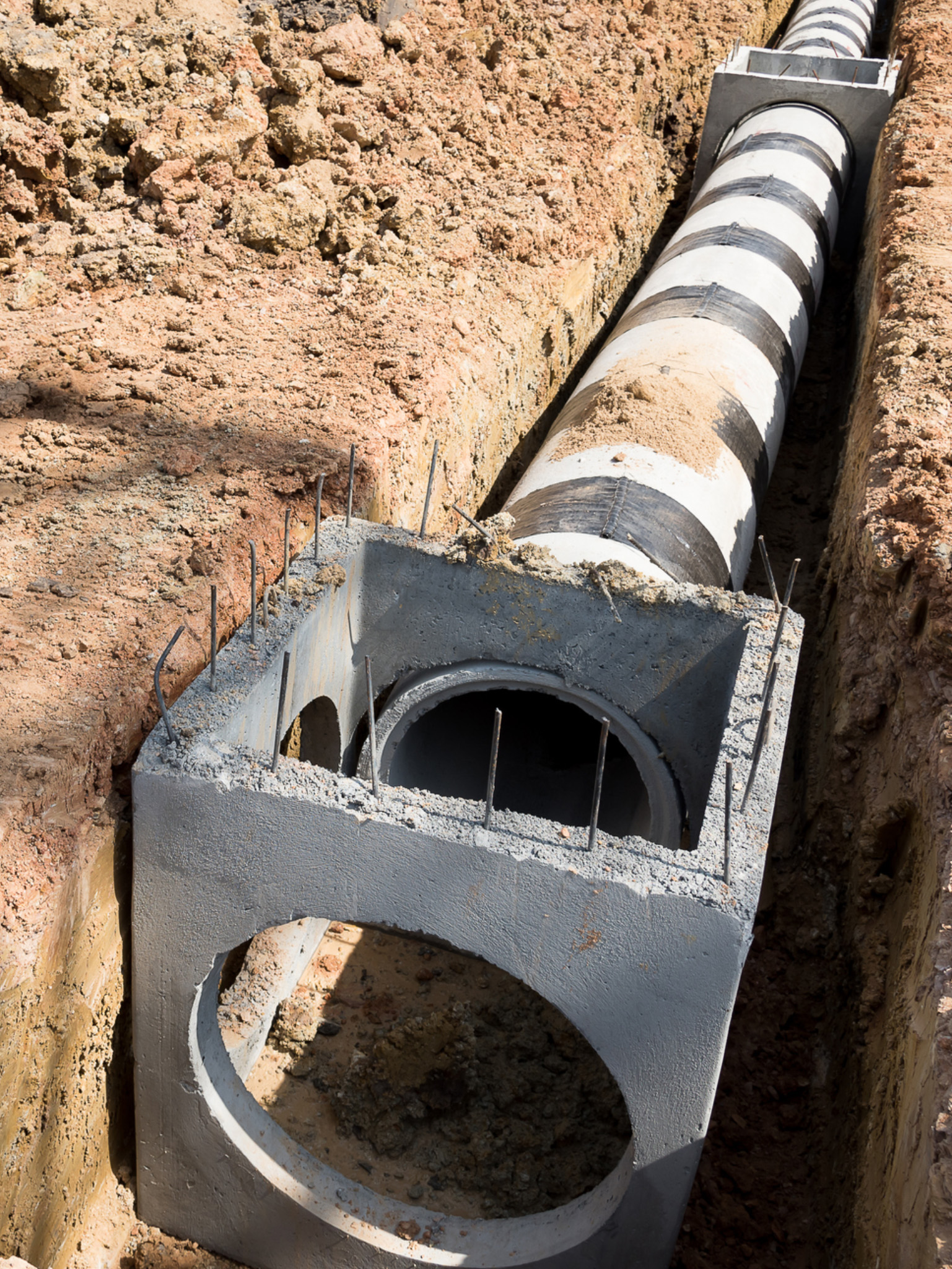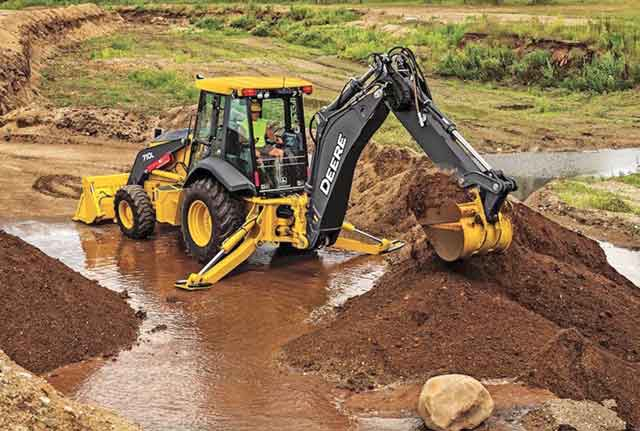Excavating Ohio - Leading Excavation Professionals for Ohio Projects
Excavating Ohio - Leading Excavation Professionals for Ohio Projects
Blog Article
Unveiling the Art of Excavation: Pro Tips for Safe and Efficient Digging
As dirt is turned and earth is moved, the details of excavation disclose themselves, requiring a keen understanding of tools, soil composition, safety procedures, and ecological factors to consider. The competence needed to browse these elements efficiently can imply the difference in between an effective excavation project and a potential calamity.
Relevance of Proper Devices
To make certain the safety and security and performance of any type of excavation project, using the proper tools is extremely important. The right tools not only improve performance but also alleviate dangers connected with excavating. Excavation jobs vary in extent and intricacy, varying from tiny property landscaping work to large construction endeavors. Despite the job size, having the proper tools can make a substantial distinction in the outcome.
Excavators are basic items of machinery in any type of excavating procedure. These functional makers can be found in various sizes to match various job requirements. Small excavators are suitable for smaller sized jobs, while bigger excavators take on a lot more extensive projects effectively. Backhoes are one more essential equipment type, incorporating the functions of a loader and an excavator in one maker. They are useful for jobs requiring flexibility and ability to move.
Aside from excavators, various other vital devices consists of dump bulldozers, trucks, and plates. Unload vehicles are important for removing and carrying excavated products, while trenchers are utilized for digging narrow and deep trenches. Bulldozers stand out in jobs that call for pushing big quantities of soil or debris. By spending in the proper equipment, excavation projects can be completed safely, in a timely manner, and with accuracy.
Comprehending Dirt Composition
An extensive grasp of soil composition is fundamental for implementing excavation tasks with accuracy and safety and security. Understanding the various kinds of dirt is critical as it directly impacts excavation methods, tools option, and overall job effectiveness.
Sand bits are the biggest and supply great drainage yet provide little communication. Silt particles are smaller sized than sand yet bigger than clay, supplying moderate water drainage and cohesion. Clay particles are the tiniest and provide high cohesion yet bad drainage. Raw material, such as rotting plant material, impacts dirt fertility and security.
Before starting excavation, performing soil tests to identify its composition and qualities is crucial. This details helps in picking the appropriate devices, carrying out safety and security procedures, and creating excavation techniques tailored to the specific dirt conditions - excavating ohio. By understanding dirt structure, excavation specialists can enhance job results while making sure safety and adherence to finest practices
Safety Procedures and Procedures
Recognizing soil composition is the keystone upon which precaution and protocols for excavation jobs are developed, making sure the health of employees and the success of the undertaking. There are a number of look these up essential actions that must be applied to alleviate dangers and avoid accidents. when it comes to safety and security throughout excavation.
First and primary, before any digging commences, a comprehensive examination of the website should be carried out to determine any prospective risks such as below ground utilities, unstable soil conditions, or nearby structures that can pose a danger. It is crucial to have a qualified individual manage the excavation procedure to make certain that all security protocols are complied with purely.
In addition, all employees involved in the excavation has to be appropriately learnt secure excavating practices and the appropriate operation of devices. Individual protective devices (PPE) such as hard hats, high visibility garments, handwear covers, and security boots need to be worn in any way times to decrease the threat of injuries. dump truck companies in ohio. Normal safety conferences and toolbox talks should also be carried out to maintain all employees notified about possible dangers and reinforce secure work practices. By adhering to these precaution and protocols, excavation projects can be finished effectively and without case.
Reliable Excavation Planning
When getting started on an excavation project, careful preparation is crucial to make sure performance, safety, and effective results. Effective excavation planning entails numerous vital actions that are crucial for the smooth execution of the project.
When the website evaluation is full, the following step is to produce a clear timeline and timetable for the excavation tasks. This includes determining the sequence of jobs, devices requirements, and workforce allocation. Correct organizing assists prevent delays and guarantees that the task remains on track.

In addition, communication among all employee is vital throughout the preparation stage. Clear directives, routine updates, and efficient coordination are crucial for an effective excavation project. By spending effort and time in careful planning, excavation groups can considerably enhance productivity, reduce threats, and accomplish successful end results.

Handling Ecological Factors To Consider
With raising focus on ecological sustainability in building practices, handling environmental factors to consider has ended up being a vital facet of excavation projects. Excavation activities have the potential to affect the surrounding environment with dirt erosion, sediment drainage, habitat disturbance, and contamination of water Click This Link sources. To alleviate these threats, it is vital to execute best techniques that focus on environmental security.

Moreover, correct waste monitoring is crucial to avoid soil and water contamination. Implementing treatments for the disposal of dangerous products, recycling of waste materials, and lessening using dangerous chemicals can substantially reduce the ecological impact of excavation projects. By incorporating these methods into excavation planning and execution, building firms can ensure that their jobs are not just risk-free and productive however likewise eco accountable.
Final Thought
In conclusion, grasping the art of excavation requires a complete understanding of appropriate equipment, soil make-up, precaution, and efficient preparation. By complying with these standards and taking into consideration environmental aspects, excavations can be carried out safely and effectively. It is important to focus on security and productivity in every digging task to ensure effective outcomes.
As dirt is turned and earth is relocated, the complexities of excavation expose themselves, demanding an eager understanding of equipment, soil composition, security procedures, and ecological considerations.To make sure the safety and security and effectiveness of any excavation job, using the appropriate tools is paramount.A comprehensive grasp of dirt structure is basic for implementing excavation projects with accuracy and safety. Comprehending the different types of dirt is essential as it straight affects excavation methods, devices choice, and overall job effectiveness. By understanding dirt structure, excavation experts can improve task end results while making sure security and adherence to ideal methods.
Report this page